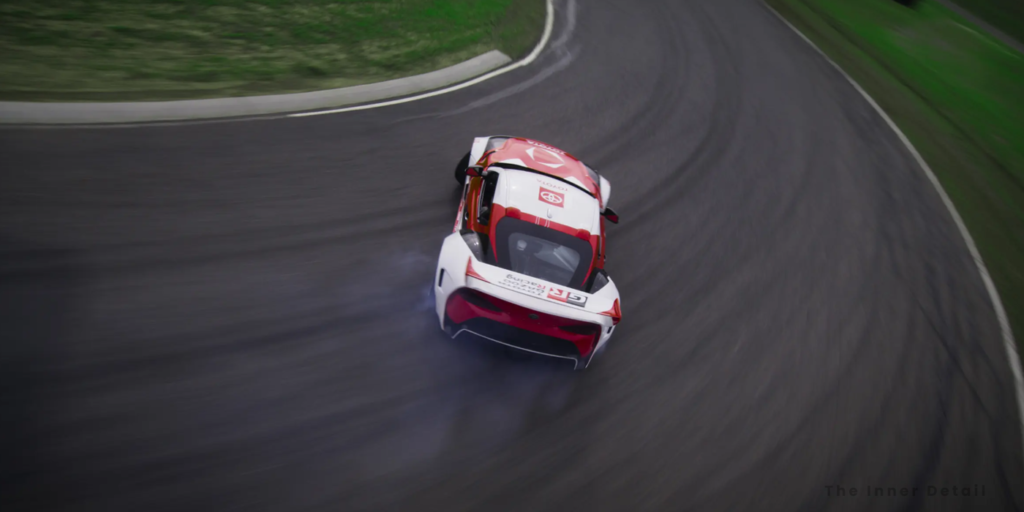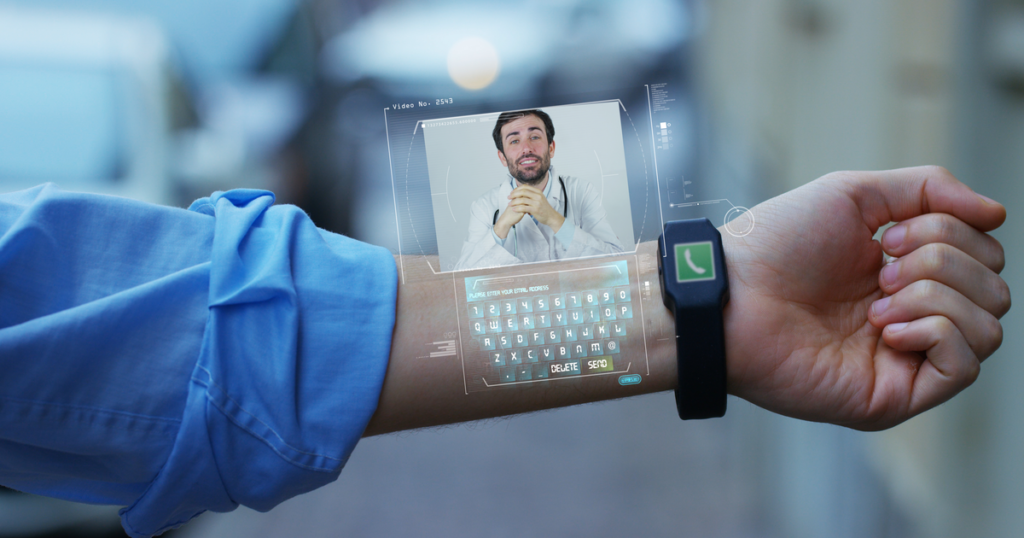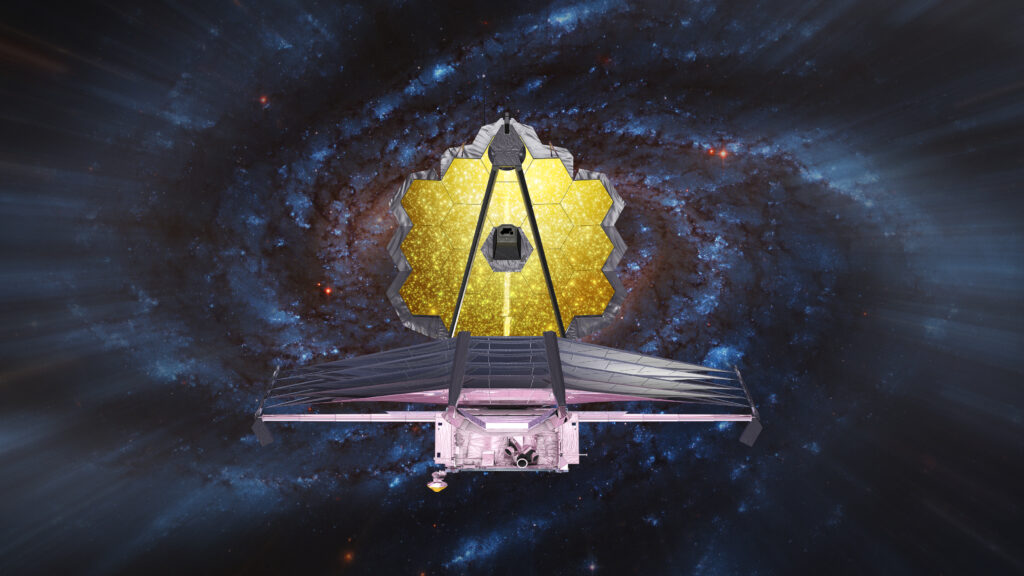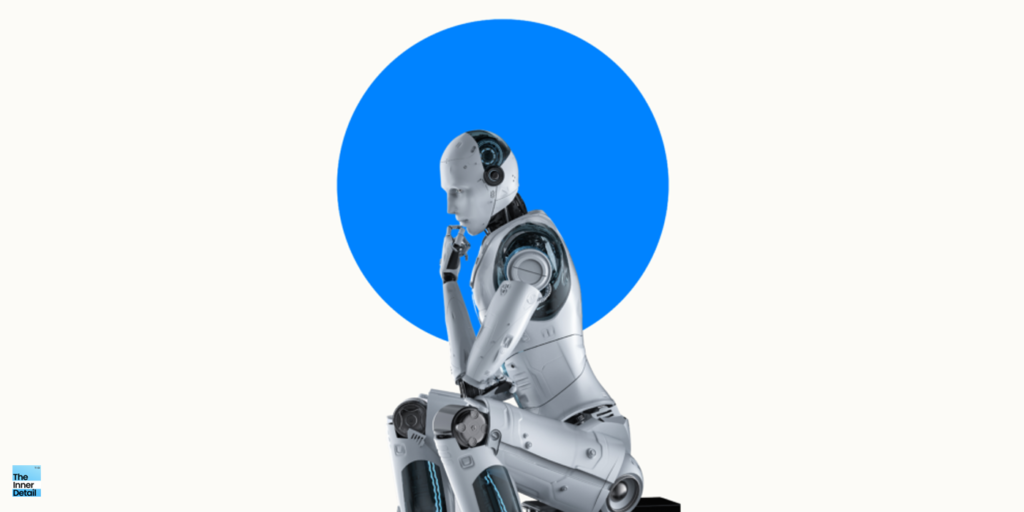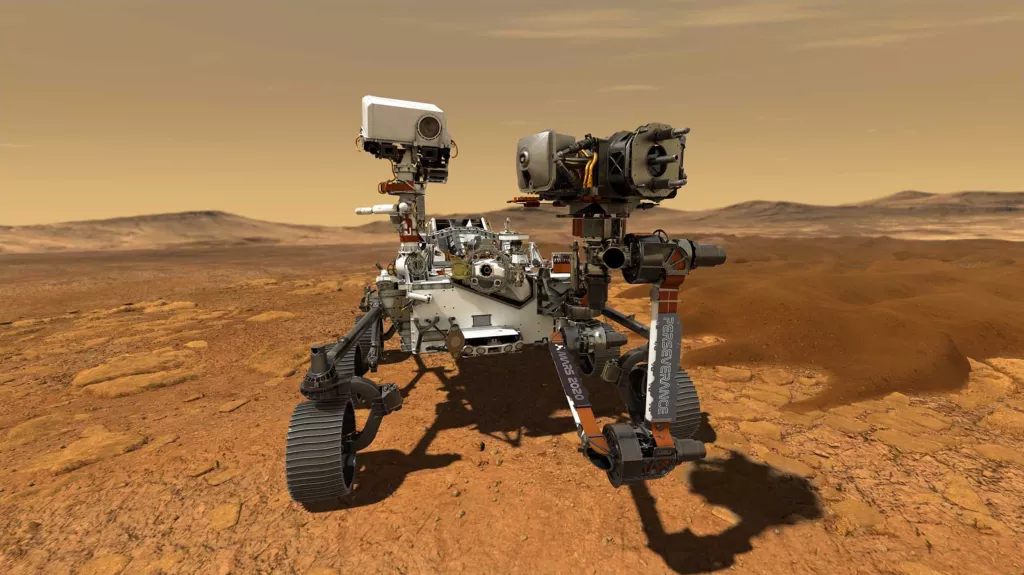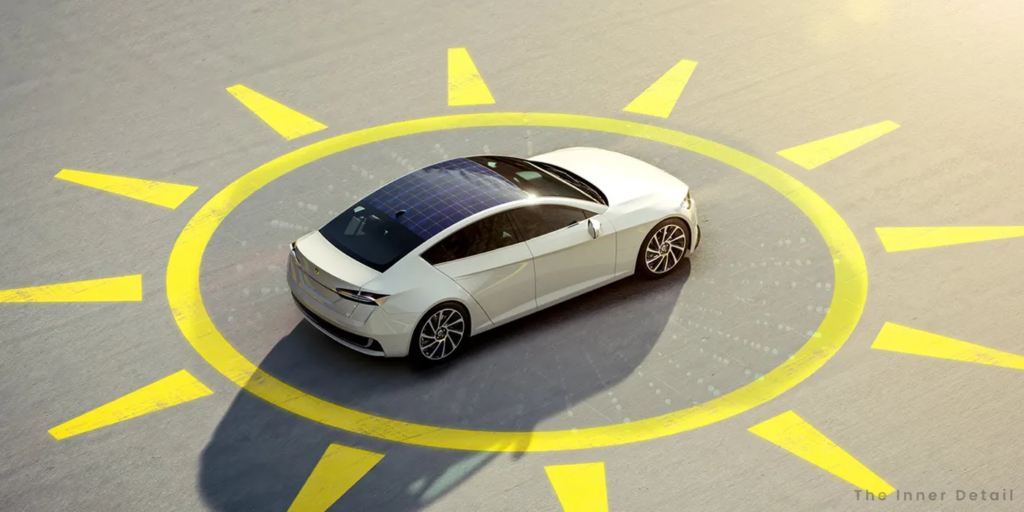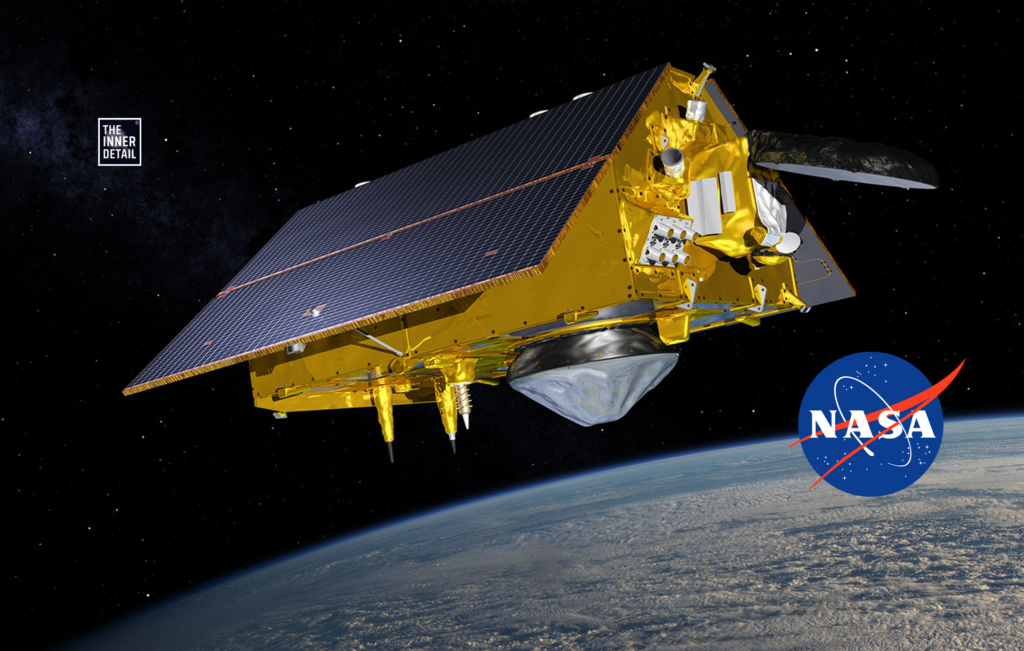With advancements in AI and tech, researchers at University of Texas and Toyota collaboratively made it possible by teaching autonomous cars to drift by itself to avoid crashes.
Technology always seeks on imitating humans’ capability and thinking, to be competing enough in assisting and elevating the daily tasks. And when it comes to commuting, autonomous cars have upgraded the traveling experience, by wholly replacing you driving the vehicle, so you can spend your travel time for other purposes.
While safety concerns come along with the feature, researchers are now pushing the credibility of autonomous cars by making it as spontaneous and cognitive as humanely drivers. The recent step towards this is cars’ ability to drift by itself with a minimal amount of data.
Autonomous Drifting by Cars
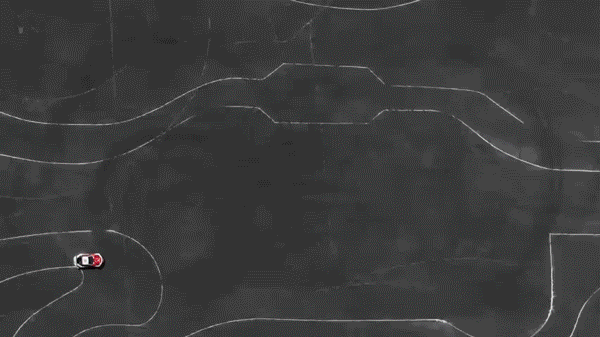
Researchers at University of Texas and Toyota Research Institute in Los Altos, California, collaboratively worked and unveiled a revolutionary approach to autonomous drifting of cars, and deployed it in Toyota Supra.
The machine-learning model employed could offer an exhilarating blend of performance and safety, by enabling the car to veer at situations of possible crashes, likely as how professional drivers do.
In a series of experiments with a customized Toyota Supra, the autonomous system could achieve high-performance autonomous drifting on various trajectories with speeds up to 45mph (72kmph). The system pulls off this feat with scarce amounts of driving data, less than 3 minutes.
While Toyota had already tested autonomous drifting in its Supra last year, this approach is an enhanced version of it, being able to do so with minimal amount of data (3minutes).
The core of this breakthrough lies in accurate modelling of tire forces near the limits of adhesion, where the interactions between the tires and the road become nonlinear and highly intricate. Though such modelling has been a challenge, modern artificial intelligence and machine learning have enabled to advance through.
Comparisons with benchmark model show a 4x improvement in tracking performance, smoother control inputs and faster and more consistent computation time.
Autonomous drifting improves Safety
In the future, Toyota could use such technology to augment human drivers’ abilities, to provide autonomous control in critical, at-the-handling-limit situations. Say you’re starting to spin after hitting a patch of black ice. A professional driver might apply throttle and just enough steering angle to drift his or her vehicle to maintain control and prevent a crash, something that normal motorists would not have the skills to do.
Franck Djeumou, Jonathan Y.M. Goh, Ufuk Topcu, and Avinash Balachandran were the researchers behind the paper, titled as “Autonomous Drifting with 3 minutes of data via Learned Tire Models”.
Abstract:
Near the limits of adhesion, the forces generated by a tire are nonlinear and intricately coupled. Efficient and accurate modelling in this region could improve safety, especially in emergency situations where high forces are required. To this end, we propose a novel family of tire force models based on neural ordinary differential equations and a neural-ExpTanh parameterization. These models are designed to satisfy physically insightful assumptions while also having sufficient fidelity to capture higher-order effects directly from vehicle state measurements. They are used as drop-in replacements for an analytical brush tire model in an existing nonlinear model predictive control framework. Experiments with a customized Toyota Supra show that scarce amounts of driving data — less than three minutes — is sufficient to achieve high-performance autonomous drifting on various trajectories with speeds up to 45mph. Comparisons with the benchmark model show a 4× improvement in tracking performance, smoother control inputs, and faster and more consistent computation time.
(For more such interesting informational, technology and innovation stuffs, keep reading The Inner Detail).
Kindly add ‘The Inner Detail’ to your Google News Feed by following us!
